
In a historic leap for American transit, Caltrain has officially transitioned from diesel to electricity, transforming its 160-year-old San Francisco-to-San Jose corridor into a model for sustainable rail travel.
As the first diesel-to-electric conversion in North America in a generation, this upgrade combines environmental responsibility with faster, more passenger-friendly service, proving that legacy systems can embrace innovation without losing their charm.
A Weekend of Free Rides and Festivities
To celebrate this monumental shift, Caltrain is offering free rides throughout the weekend, giving passengers the perfect chance to experience the improved service. This isn’t just a transit achievement—it’s a community milestone.
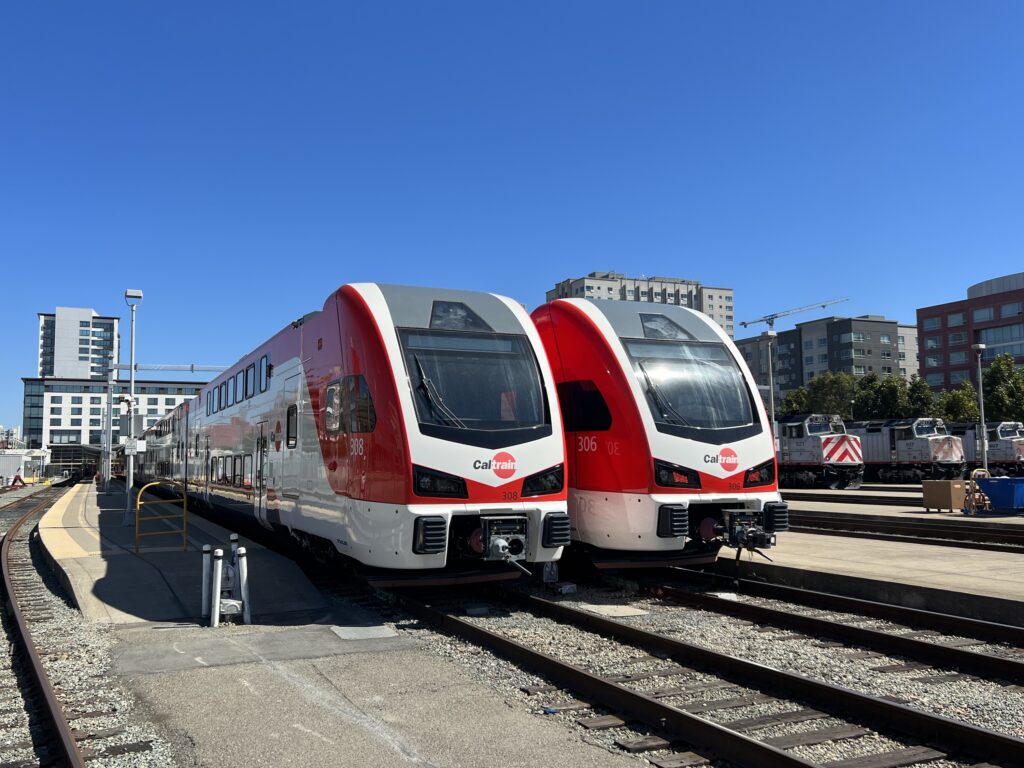
Events hosted in every city along the corridor highlight the connection between the rail system and the people it serves. With a new half-hourly weekend schedule, Caltrain aims to bring not just convenience but also a sense of regional unity to its riders.
Faster, Cleaner, and Smarter: A New Era of Transit
The electrification of Caltrain delivers significant improvements across the board. The express service now connects San Francisco and San Jose in under an hour, dramatically cutting travel times.
During peak hours, trains run every 15 to 20 minutes at 16 stations, ensuring a more reliable and efficient commute. Weekend services have also doubled in frequency, offering greater accessibility and flexibility for passengers.
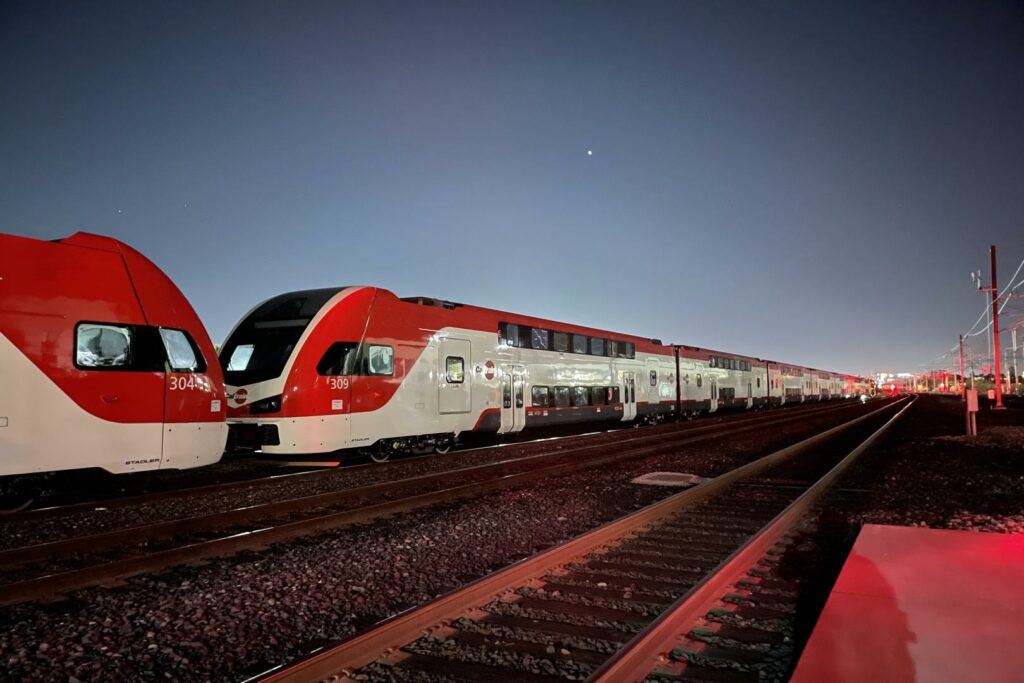
Each trainset now includes seven cars, an upgrade from the previous five-to-six-car configurations, and features advanced acceleration and braking capabilities.
This means more stops can be added to the schedule without extending overall travel times, creating a seamless experience for commuters and leisure travelers alike.
A Manufacturing Marvel with Local Roots
The electric fleet, constructed by Stadler US, underscores a commitment to local innovation and craftsmanship. Assembled at Stadler’s Salt Lake City facility in Utah, the trains underwent rigorous testing at a Federal Railroad Administration-approved facility in Pueblo, Colorado.
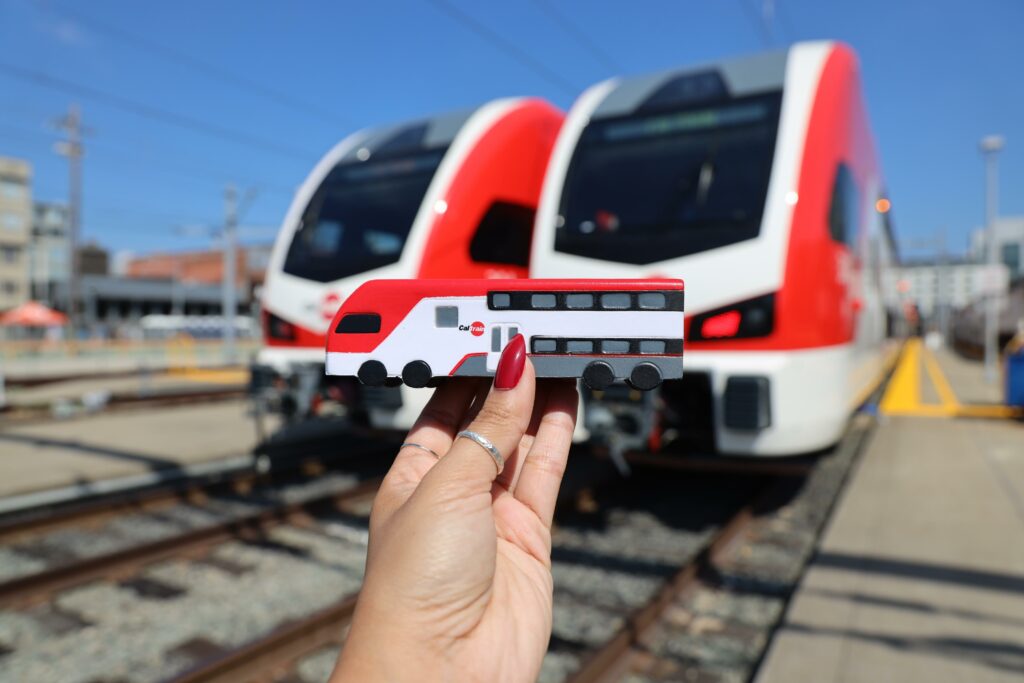
These tests ensured that the fleet met high-speed safety and operational standards under a wide range of conditions. This meticulous process reflects Caltrain’s dedication to delivering a safe and reliable service for its passengers.
Better for Riders, Better for the Planet
The new electric trains offer a combination of environmental benefits and modern amenities. As zero-emission vehicles, they represent a significant step forward for sustainable transit in the region.

Passengers can now enjoy free Wi-Fi, expanded under-seat storage, and more power outlets, making their journeys more convenient and comfortable. Additionally, the trains operate much more quietly than their diesel predecessors, providing a peaceful travel experience that sets a new standard for regional rail systems.
A Legacy Recharged for the Future
Since its inception in 1863, Caltrain has served as a vital connection for communities in the Bay Area. With this electrification project, supported by federal, state, and local funding, the system is honoring its legacy while embracing the future. This milestone demonstrates a commitment to sustainable transit solutions and a vision for a cleaner, more efficient future.
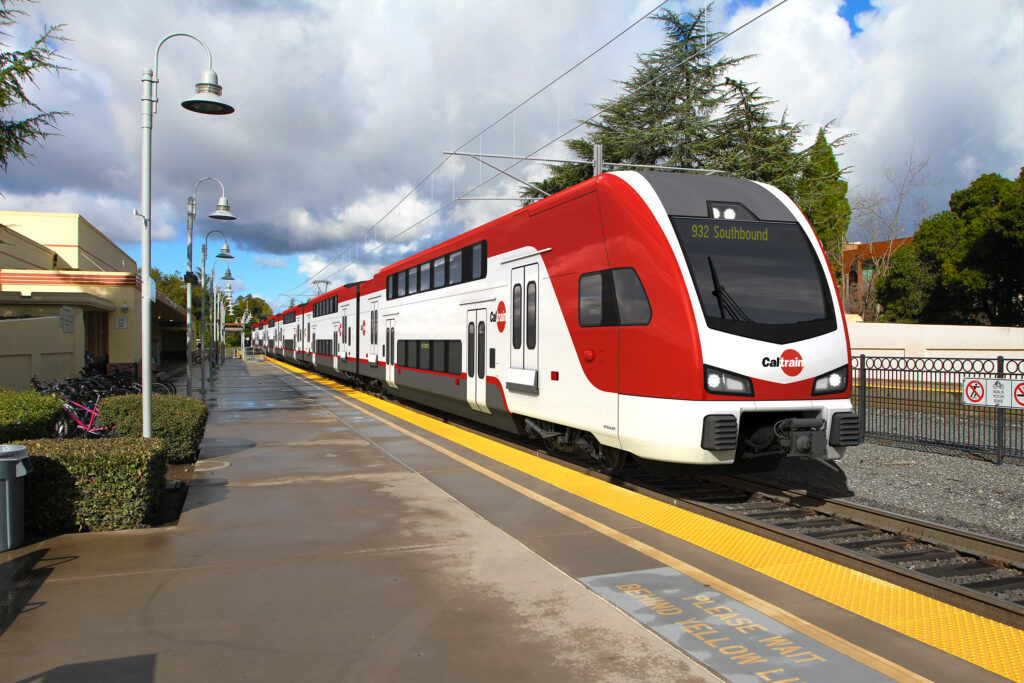
The transition to electric isn’t just a technological improvement; it’s a complete reimagining of what a regional rail system can achieve. By prioritizing passenger needs, environmental sustainability, and technological innovation, Caltrain has set a bold precedent for others to follow.
Charge Complete
Caltrain’s transformation into a fully electric rail system is more than just a win for transit—it’s a triumph for the environment, passengers, and the Bay Area.
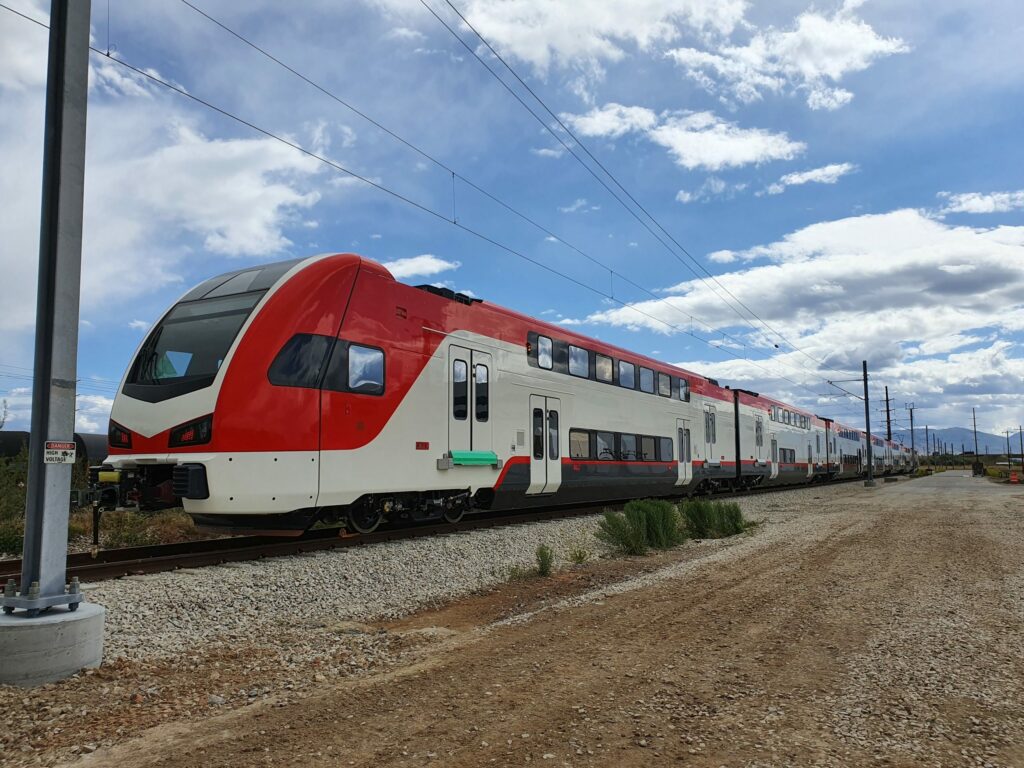
With faster service, quieter rides, and a greener footprint, the system has redefined expectations for regional travel. This weekend’s free rides offer the perfect opportunity for the public to experience the future of transit firsthand.
Rooted in history but charging ahead into innovation, Caltrain’s electrification is proof that progress isn’t just possible—it’s on time and ready to board.

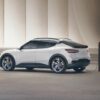

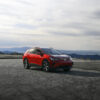

Does it use a 3rd rail for power? Metro has used power lines for eons. Even the trolly’s in San Fran use to before the 60’s what is different? Do they have hundreds of miles range on a single charge and use batteries. A lot info is missing.